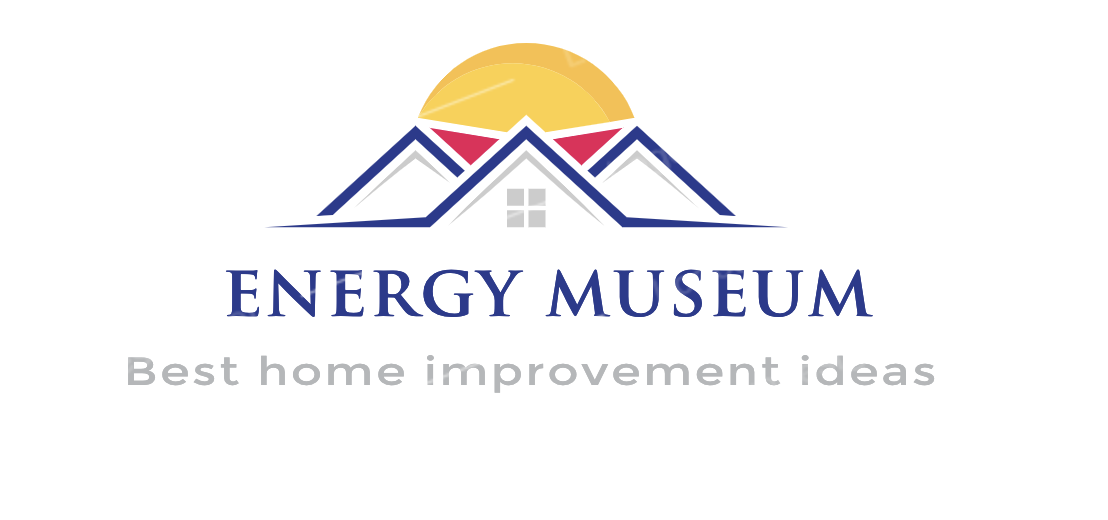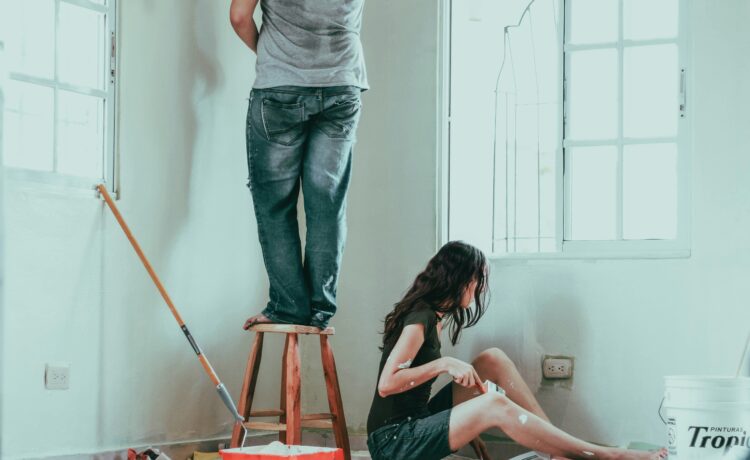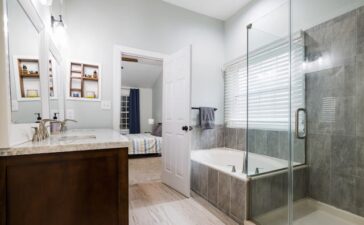As we step into 2025, home improvement continues to evolve in exciting ways. Driven by sustainability, technology, and lifestyle shifts, Australian homeowners are embracing upgrades that make homes more energy-efficient, comfortable, and future-ready. Whether you’re planning a renovation, a new build, or simply looking for inspiration, keeping an eye on these trends will ensure your home is both stylish and practical for years to come.
One of the strongest movements in home design right now is the push towards smarter, greener living. From solar storage to EV home charging solutions, households are increasingly investing in systems that save money, add convenience, and support sustainable lifestyles. Let’s take a closer look at the biggest home improvement trends shaping 2025.
Sustainable Energy and Smart Power
Sustainability has moved beyond being a buzzword—it’s now a top priority for homeowners. In 2025, energy-efficient improvements are at the forefront of renovations and new builds.
• Solar and Battery Storage – More Australians are installing rooftop solar paired with advanced battery systems. These allow households to store excess energy, reduce reliance on the grid, and cut bills.
• EV Integration – With electric vehicles becoming mainstream, demand for home-based charging is surging. Installing EV home charging solutions is now considered a practical and future-proof upgrade, boosting both convenience and property value.
• Smart Energy Management – Households are embracing smart meters and apps that monitor and optimise energy use in real time, helping families make data-driven decisions about consumption.
Biophilic Design and Natural Elements
Homeowners are seeking a stronger connection to nature, both inside and outside their living spaces. Biophilic design—integrating natural elements into the built environment—has become one of the defining design approaches of 2025.
• Indoor Greenery – From vertical gardens to built-in planters, greenery is being incorporated directly into interior design.
• Natural Materials – Timber, stone, clay, and raw finishes are increasingly favoured over synthetic options.
• Outdoor Living Spaces – Alfresco areas are being designed as extensions of the home, complete with weather-resistant furniture, fire pits, and outdoor kitchens.
Smart Home Technology
Technology is no longer limited to entertainment or security—it now underpins the way homes function. Smart home integration is advancing at rapid speed, offering convenience, efficiency, and customisation.
• Voice-Controlled Systems – Homeowners can now manage lighting, appliances, climate control, and security through voice assistants.
• AI-Powered Devices – AI is making homes smarter, with appliances that learn usage patterns to reduce waste and boost efficiency.
• Smart Security – Advanced security cameras, video doorbells, and motion-activated lighting are being coupled with cloud storage for peace of mind.
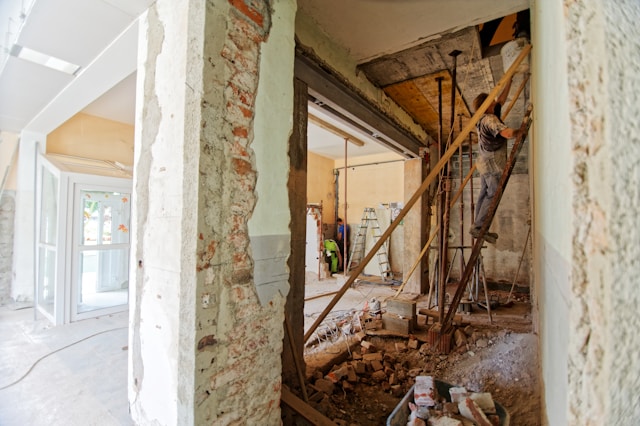
Flexible and Multi-Purpose Spaces
Lifestyle changes over the past few years have shifted how people use their homes. The demand for adaptable spaces that can transform depending on the need is stronger than ever.
• Home Offices 2.0 – While the home office trend was born during the pandemic, it’s now being redefined with soundproofing, ergonomic furniture, and tech-friendly layouts.
• Hybrid Living Areas – Rooms are being designed with sliding partitions and modular furniture to adapt from entertainment zones to workspaces or guest rooms.
• Wellness Retreats at Home – Meditation nooks, home gyms, and spa-style bathrooms reflect the growing priority of health and wellness.
Energy-Efficient Appliances and Fixtures
Sustainable living doesn’t stop at solar or insulation. In 2025, homeowners are paying closer attention to the everyday appliances and fixtures that consume energy and water.
• Water-Saving Fixtures – Tapware and showerheads are being redesigned to reduce water use without compromising performance.
• Induction Cooking – Gas is slowly being phased out, with induction cooktops offering a cleaner, safer, and more efficient alternative.
• High-Efficiency Heating and Cooling – Heat pump technology is becoming the go-to solution for both water heating and climate control.
Minimalist Aesthetics with Personal Touches
Design trends in 2025 lean towards a refined balance between minimalism and personality. Homes are adopting clean, uncluttered lines while showcasing unique character.
• Neutral Palettes – Shades of beige, grey, and earthy tones dominate, creating calming backdrops.
• Textural Contrast – Homeowners are layering textures—such as raw stone with smooth plaster—to add depth to simple interiors.
• Statement Features – While spaces may be minimalist, bold accents like feature lighting, statement art, or bespoke furniture pieces allow individuality to shine through.
Advanced Home Insulation and Comfort
With rising energy costs and climate challenges, improving insulation and overall home comfort is a key trend.
• Double and Triple Glazing – More households are upgrading windows to reduce heat loss and noise pollution.
• Insulated Roofing and Wall Panels – Builders are prioritising better thermal performance materials.
• Smart Climate Systems – Zoned heating and cooling give homeowners more control, increasing comfort while reducing waste.
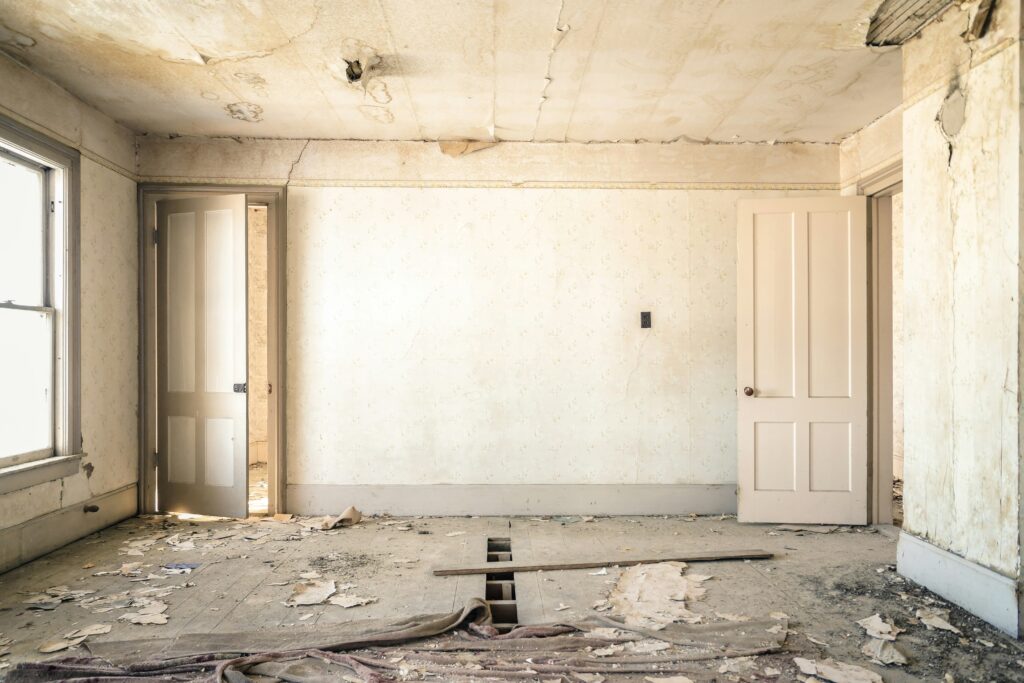
The Rise of Home Automation in Renovations
Home automation is no longer considered a luxury—it’s fast becoming a standard inclusion in renovations.
• Automated Blinds and Shutters – These not only provide convenience but also enhance energy efficiency by regulating heat and light.
• Lighting Automation – Systems that adjust based on natural light levels or personal routines are growing in popularity.
• Integrated Home Hubs – Centralised systems allow seamless control of multiple devices through one interface.
Outdoor Sustainability
Landscaping and outdoor improvements are aligning with eco-conscious principles.
• Native Gardens – Australians are turning to native plants for water-efficient and low-maintenance landscaping.
• Permeable Surfaces – Driveways and paths designed to allow rainwater to soak through are reducing runoff and supporting local ecosystems.
• Rainwater Harvesting – Tanks and smart irrigation systems are being integrated into gardens to conserve water.
Home improvement in 2025 is defined by the balance of sustainability, technology, and lifestyle-driven choices
Australians are seeking ways to create homes that are not only stylish but also efficient, comfortable, and prepared for the future. Whether it’s installing EV home charging solutions, investing in biophilic design, or embracing smart home technology, the trends shaping this year reflect a broader commitment to smarter, greener, and more flexible living.
If you’re planning upgrades this year, consider how these trends might fit into your own home. By making forward-thinking choices today, you’ll be creating a living space that’s both practical and valuable for tomorrow.
